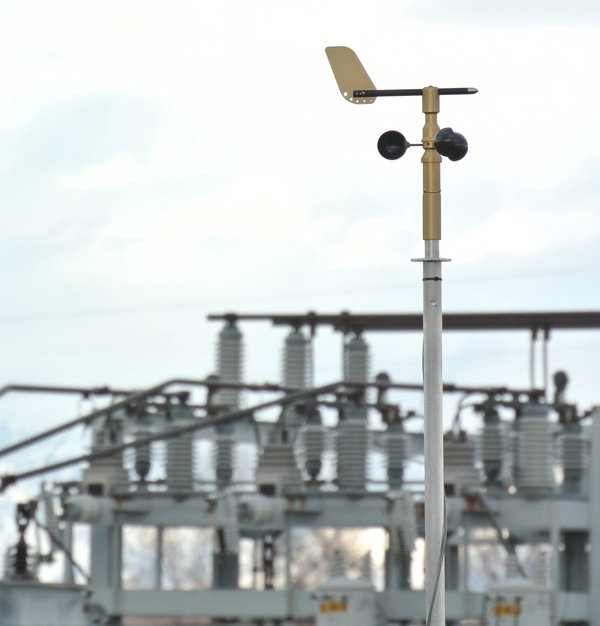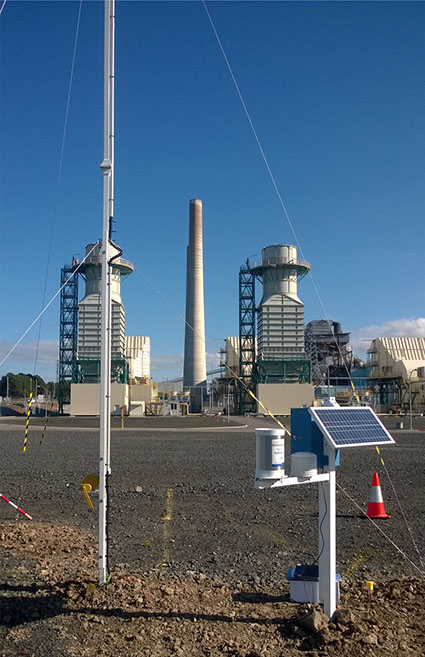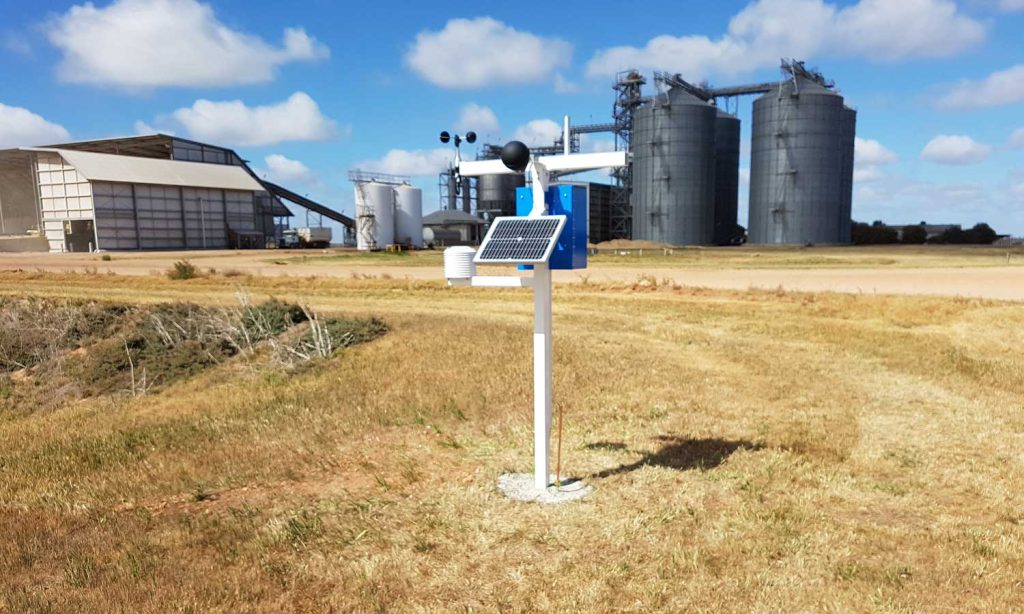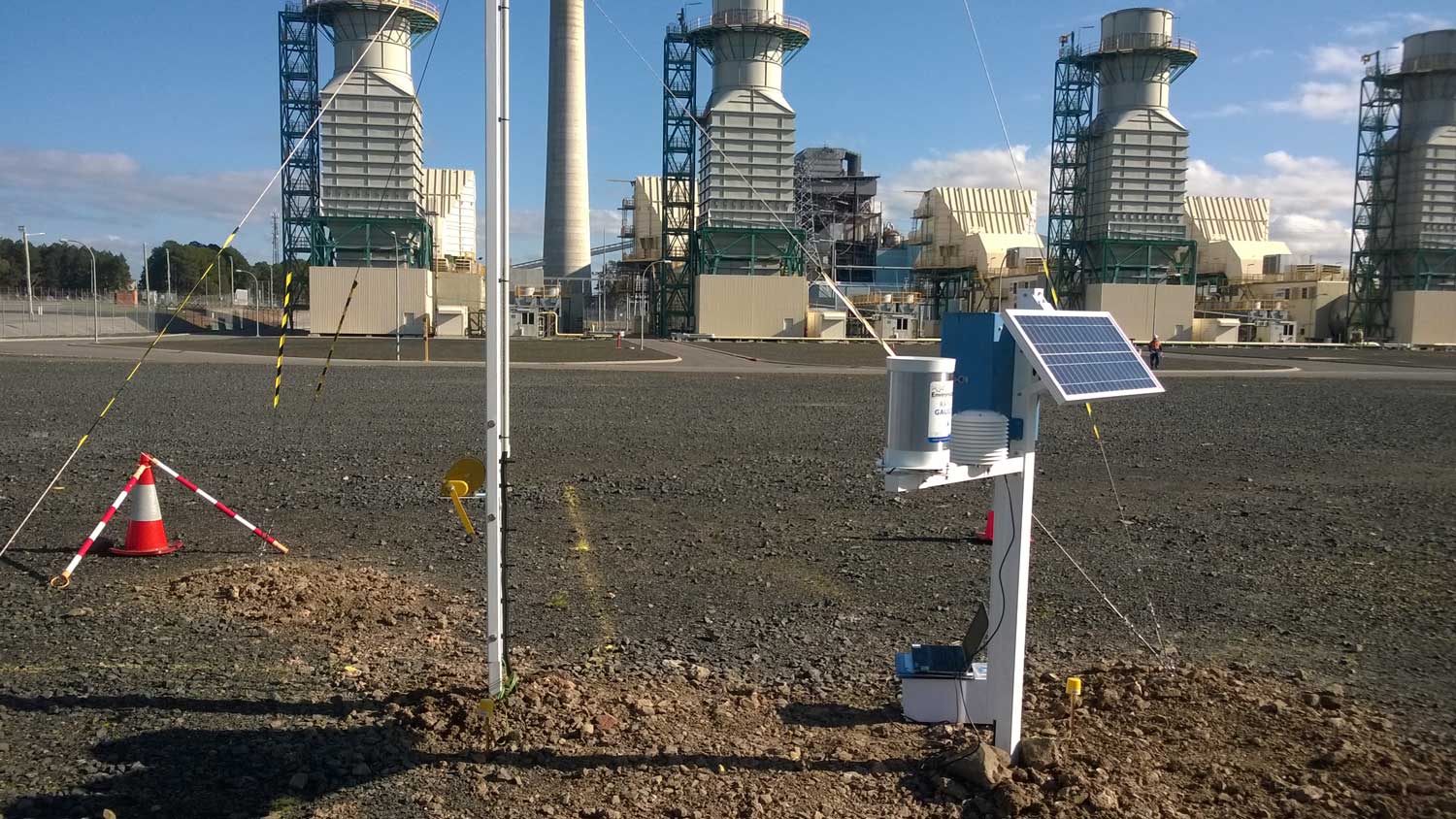How Industrial Weather Stations Enhance Safety in Manufacturing Facilities
In the fast-paced world of manufacturing, where precision, efficiency, and safety are paramount concerns, the impact of weather conditions often goes underestimated. Industrial weather stations, equipped with cutting-edge weather sensors, have emerged as indispensable tools for mitigating weather-related risks and optimizing safety protocols within manufacturing environments. In this comprehensive exploration, we delve deeper into the multifaceted role of industrial weather stations uncovering their transformative potential in enhancing safety, optimizing operations, and shaping the future of manufacturing.
Table of Contents
Unveiling the Technology Behind Industrial Weather Stations and Weather Sensors
Industrial weather stations represent a convergence of advanced technologies meticulously engineered to monitor and analyze meteorological parameters specific to manufacturing environments. At the heart of these stations lie an array of sophisticated weather sensors strategically positioned throughout the facility. These sensors encompass a wide spectrum of capabilities, ranging from measuring fundamental variables like temperature, humidity, wind speed, and atmospheric pressure to detecting more nuanced parameters such as precipitation type and intensity, solar radiation, and air quality indices.
Weather sensors, tailored to the unique demands of manufacturing facilities, come in various forms and configurations. For instance, temperature and humidity sensors offer insights into ambient conditions crucial for ensuring the comfort and safety of personnel and the optimal functioning of machinery. Wind speed and direction sensors play a pivotal role in identifying potential airflow disruptions that could impact operations or pose safety hazards. Additionally, precipitation sensors serve as early warning systems, alerting personnel to impending weather events such as rainfall or snowfall, which may necessitate adjustments to workflow or implementation of safety measures.

Real-Time Monitoring: A Catalyst for Proactive Safety Measures
One of the primary functions of industrial weather stations is real-time monitoring of weather conditions within manufacturing facilities. By continuously collecting, analyzing, and interpreting data from weather sensors, these stations offer invaluable insights into the immediate environment, empowering stakeholders to make proactive decisions aimed at safeguarding personnel and assets.
Consider a scenario where sudden fluctuations in temperature and humidity levels could compromise the stability of materials or the performance of critical equipment. With industrial weather stations in place, supervisors and safety personnel receive timely alerts, enabling them to take preemptive actions such as adjusting operating parameters or implementing additional safety protocols to mitigate potential risks.
Similarly, wind speed and direction sensors serve as early indicators of airborne hazards such as debris or pollutants, which could jeopardize air quality and pose respiratory risks to personnel. By promptly detecting these conditions, industrial weather stations facilitate swift responses, including evacuation procedures or deployment of containment measures to prevent exposure and ensure the well-being of personnel.

Optimizing Operational Efficiency Through Informed Decision-Making
Beyond enhancing safety, industrial weather stations contribute to optimizing operational efficiency within manufacturing facilities by providing accurate and reliable weather data. This wealth of information empowers managers to make informed decisions regarding production schedules, resource allocation, and logistical planning, thereby minimizing disruptions and maximizing productivity.
For instance, knowledge of impending adverse weather conditions allows for proactive scheduling adjustments to mitigate potential disruptions to production schedules or supply chains. Similarly, real-time monitoring of temperature and humidity levels helps prevent material degradation or spoilage, ensuring product quality and reducing waste.
Moreover, by integrating weather data with predictive analytics algorithms, industrial weather stations facilitate predictive maintenance strategies. By analyzing historical weather patterns alongside equipment performance data, manufacturers can anticipate potential issues arising from adverse weather conditions and proactively schedule maintenance activities, thereby minimizing downtime and enhancing overall operational resilience.
Compliance and Risk Management: Navigating Regulatory Landscape
In the heavily regulated realm of manufacturing, compliance with safety standards and risk management protocols is non-negotiable. Industrial weather stations play a pivotal role in facilitating compliance efforts by providing accurate and reliable data for regulatory reporting and audits.
Industries operating in hazardous environments are often subject to stringent regulations governing air quality and emissions. By continuously monitoring atmospheric conditions, including pollutant levels and particulate matter concentrations, industrial weather stations ensure compliance with environmental regulations and mitigate the risk of regulatory fines or penalties.
Furthermore, by documenting weather-related incidents or near misses through comprehensive data logging capabilities, industrial weather stations support proactive risk management strategies. Analyzing historical weather data enables manufacturers to identify trends and patterns, empowering them to implement preventive measures and enhance safety protocols.

Future Directions: Embracing Innovation for a Resilient Future
As technology continues to evolve at a rapid pace, the capabilities of industrial weather stations and weather sensors are poised to advance further, heralding a new era of safety and efficiency in manufacturing. Emerging trends such as the integration of Internet of Things (IoT) technologies, artificial intelligence (AI), and cloud computing hold immense promise in revolutionizing how weather data is collected, analyzed, and utilized in real-time.
For example, IoT-enabled weather sensors can seamlessly communicate with other smart devices and systems within manufacturing facilities, enabling automated responses to weather-related events. AI-powered predictive analytics algorithms can harness vast amounts of data to forecast potential weather-related risks with unprecedented accuracy, empowering manufacturers to proactively implement preventive measures and optimize operations.
Furthermore, advancements in remote monitoring and cloud-based solutions enable real-time access to weather data and insights from anywhere, facilitating decision-making and collaboration across geographically dispersed teams. By embracing these innovations and leveraging the power of data-driven insights, manufacturing facilities can create safer, more resilient environments for their workforce while maintaining a competitive edge in an increasingly complex and dynamic marketplace.
Conclusion
In conclusion, industrial weather stations, equipped with state-of-the-art weather sensors, represent indispensable assets for enhancing safety, optimizing operations, and ensuring regulatory compliance within manufacturing facilities. Through real-time monitoring, proactive risk management, and integration with emerging technologies, these systems play a pivotal role in safeguarding personnel, protecting assets, and driving continuous improvement in safety, efficiency, and resilience.
As we navigate the evolving landscape of manufacturing, the transformative potential of industrial weather stations and weather sensors cannot be overstated. By embracing innovation and harnessing the power of data-driven insights, manufacturers can stay ahead of weather-related challenges, mitigate risks, and chart a course toward a safer, more efficient future for the industry as a whole.

